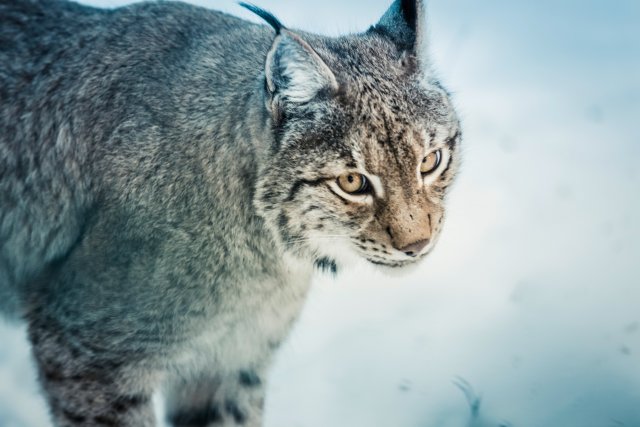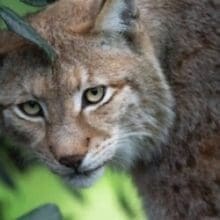Why are Canadian Lynx Considered a Threatened Species?
Canadian Lynx
The Canadian lynx (Lynx canadensis) is a medium-sized wild cat native to North America. Known for its beautiful fur and distinctive tufted ears, the Canadian lynx is an iconic species that has captured the attention of wildlife enthusiasts and conservationists alike. However, despite its charismatic appeal, the Canadian lynx is currently considered a threatened species. In this article, we will explore the reasons behind the declining population of Canadian lynx and the various factors contributing to their threatened status.
Habitat Loss and Fragmentation
One of the primary reasons for the decline in Canadian lynx populations is habitat loss and fragmentation. As human activities continue to encroach upon their natural habitat, the lynx is losing the vast tracts of boreal forests it relies on for survival. Deforestation, urbanization, and industrial development have all contributed to the destruction and fragmentation of lynx habitat.
Fragmentation of habitat poses a significant threat to the Canadian lynx as it restricts their movement and access to resources. Lynx require large territories to hunt and reproduce successfully. When their habitat becomes fragmented, lynx populations become isolated, leading to reduced genetic diversity and increased vulnerability to disease and other threats.
Climate Change
Climate change is another significant factor impacting the Canadian lynx population. Lynx are highly adapted to cold climates and rely on the availability of snowshoe hares, their primary prey. However, as global temperatures rise, snow cover duration decreases, affecting the abundance and distribution of snowshoe hares.
Studies have shown that lynx populations are closely tied to the cyclic fluctuations in snowshoe hare populations. When hare populations decline due to climate change, lynx populations also suffer. The reduced availability of prey leads to increased competition among lynx, lower reproductive success, and higher mortality rates.
Illegal Hunting and Trapping
Illegal hunting and trapping pose a significant threat to the Canadian lynx population. Despite legal protections in place, lynx are still targeted for their fur, which is highly valued in the international fur trade. The demand for lynx fur, particularly in countries like Russia and China, drives illegal hunting and trapping activities.
Unregulated trapping practices, such as the use of indiscriminate traps and snares, often result in the accidental capture and killing of lynx. Additionally, the lack of enforcement and penalties for illegal hunting and trapping further exacerbate the problem. These activities not only directly impact the lynx population but also disrupt their social structure and reproductive patterns.
Prey Decline
The decline in prey populations, particularly snowshoe hares, has a direct impact on the Canadian lynx population. Snowshoe hares are the primary food source for lynx, constituting up to 75% of their diet. However, factors such as habitat loss, climate change, and predation by other species have led to a decline in snowshoe hare populations.
When prey populations decline, lynx are forced to search for alternative food sources or expand their territories, which can lead to increased competition and conflicts with other predators. The scarcity of prey also affects the reproductive success of lynx, as females require an abundance of food to successfully raise their young.
Conservation Efforts
Recognizing the importance of conserving the Canadian lynx, various conservation organizations and government agencies have implemented measures to protect and restore their populations. These efforts include:
- Creating protected areas and wildlife corridors to preserve lynx habitat and facilitate movement between fragmented areas.
- Implementing stricter regulations and enforcement against illegal hunting and trapping activities.
- Monitoring and research programs to better understand lynx populations and their ecological needs.
- Collaborating with local communities and stakeholders to promote sustainable land use practices that minimize habitat destruction.
While these conservation efforts have shown some positive results, the Canadian lynx still faces numerous challenges. Continued monitoring, research, and public awareness are crucial to ensure the long-term survival of this threatened species.
Summary
The Canadian lynx is considered a threatened species due to various factors, including habitat loss and fragmentation, climate change, illegal hunting and trapping, and prey decline. These threats have led to declining populations and increased vulnerability for the lynx. Conservation efforts, such as protected areas, stricter regulations, and research programs, are essential for the survival and recovery of this iconic species. By addressing these challenges and promoting sustainable practices, we can ensure a future where the Canadian lynx thrives in its natural habitat.
Read More About Canada lynx From Wikipedia




